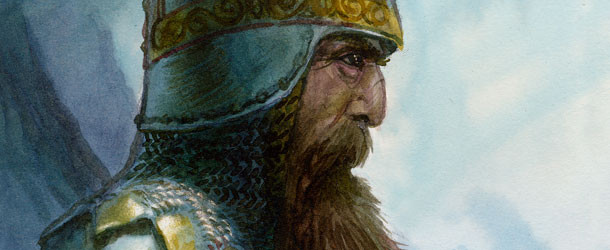As I said before, the assault to the DEW line was a critical area of the game in the First Edition. The Appendix to "The Lord of the Rings" clearly shows that the battles in this area were definitely of importance:
“When you think of the great Battle of the Pelennor, do not forget the battles in Dale and the valour of Durin's Folk. Think of what might have been. Dragon-fire and savage swords in Eriador, night in Rivendell. There might be no Queen in Gondor. We might now hope to return from the victory here only to ruin and ash.”
At the same time, as designers we did not like WOTR to have “dominant” strategies.
Our idea of the game is that there must be a number of different paths to victory, which become more or less valid based on your strategic choices, but also on the specific card draws and action dice rolls, particularly in the first turns of the game. So the fact that an assault to Dale-Erebor-Woodland Realms brings five “easy” (often) Victory Points to the Shadow was something we wanted to address in the Second Edition.
There were many ways to do this – one of them, making the North a little more difficult to reach, as I told in the Third Part of this series. The other easy choice was to make the Free Peoples a little tougher, and the choice came to the Dwarves.
Erebor should have been a tougher nut to crack than it is in many WOTR games, and adding one more Elite unit would give the defenders of the Lonely Mountain – possibly together with Elves and Humans from the neighborhood – a much needed boost.
This change was included since the very first list of changes, and it was clear that, in the games were it had an impact, the impact was good. It was clean, fast and simple.
Not all changes were easy like this one, unfortunately, as we soon found out when tackling the changes to the two “big boys on the block” – Gandalf and, of course, the Witch King himself!










Follow Us on